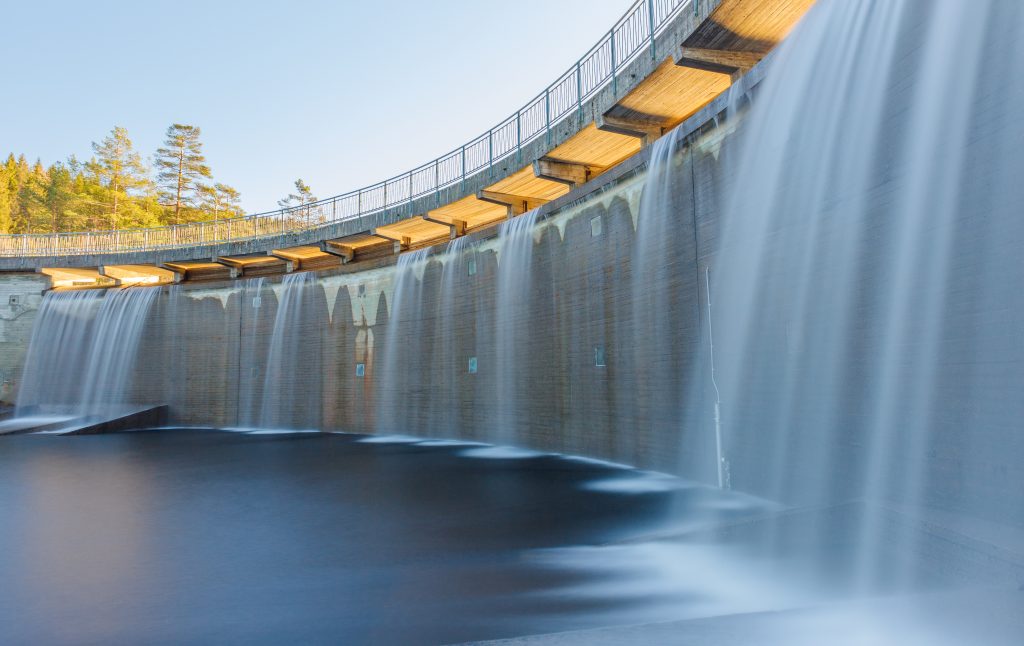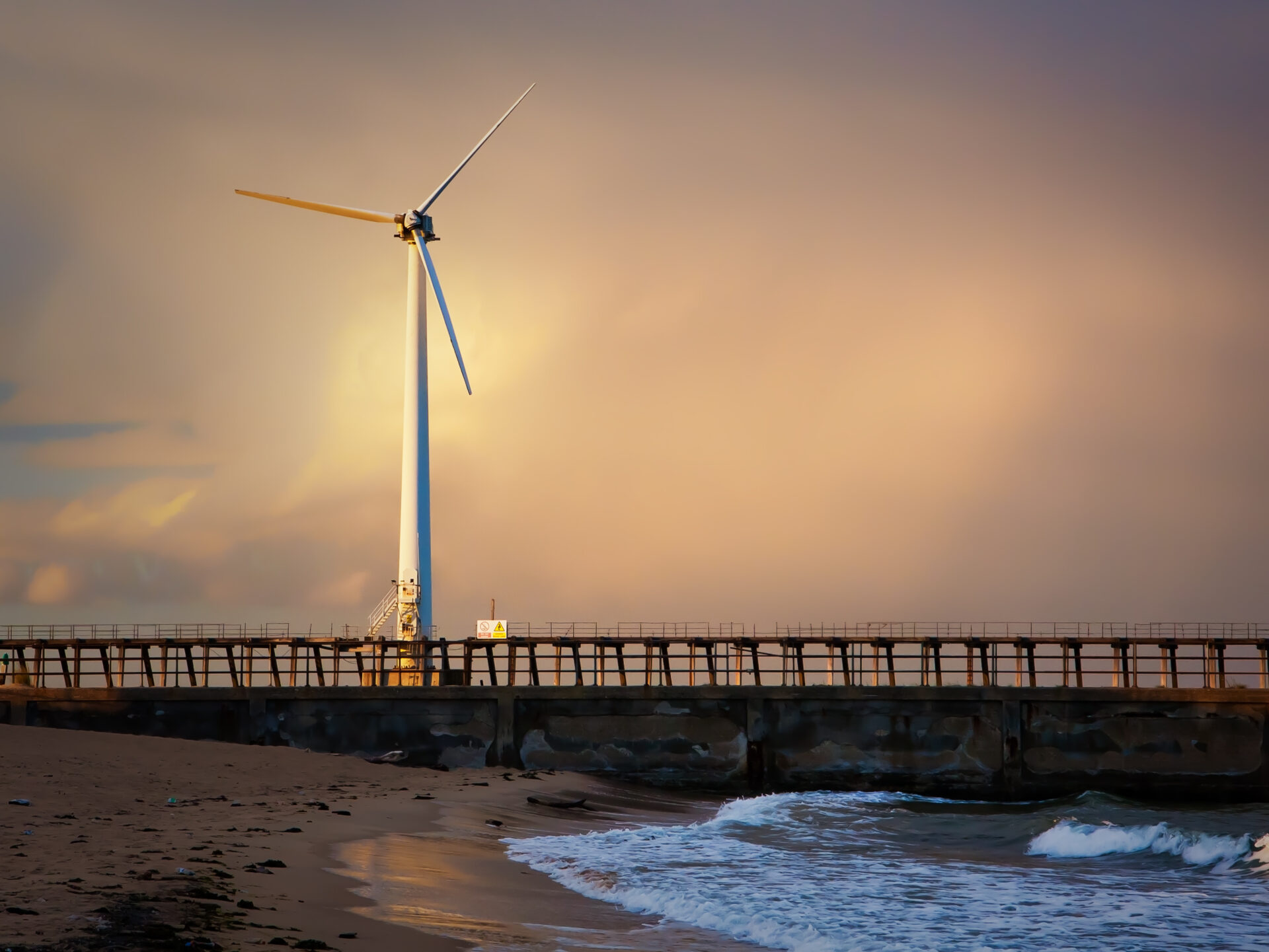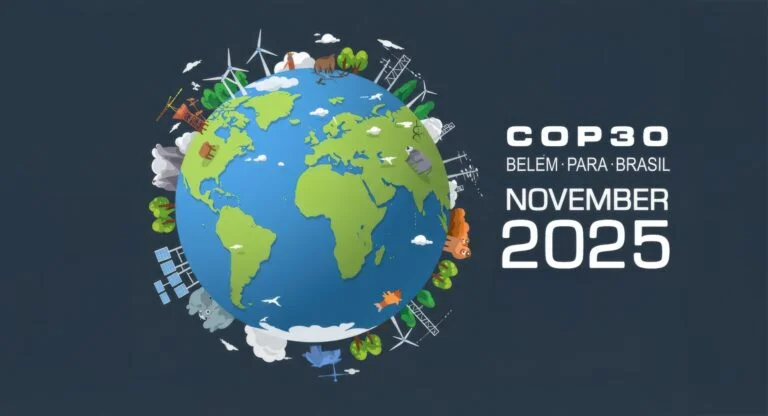On the last scheduled day of the COP30 summit in Belém, delegates from nearly 200 countries convened for the final...
Read More- Energy Insights
UK-Norway Interconnector For Sharing Sustainable Energy
-
 Tom Coyne
Tom Coyne
- 2 minute read

Sharing Sustainable Energy
The North East’s status as a world leader has been firmly cemented after the world’s longest undersea electricity cable transporting sustainable energy between Norway and the UK has finally begun operating after six years. The 450-mile cable connects the Norwegian village of Kvilldal to Blyth in Northumberland.

Higher gas prices have had a concomitant effect on electricity prices. Britain currently generates around a third of its electricity from burning natural gas. Supplies of electricity have faced several blows, driving prices up.
Whilst these global and local effects have damaged British access to gas and electricity, it comes at a time when Britain enters its coldest months, naturally pushing up demand for gas and electricity, creating the perfect storm for Britain’s gas and electricity needs.
The subsea cable, which is a joint venture between the UK’s National Grid and Norway’s Statnett, will act as a channel through which the two states can share electricity. For the Norwegians, the cable exports sustainable energy generated by their hydropower to the UK. For the National Grid, when Britain’s wind production is high and electricity demand is low, the cable will be an opportunity to export excess electricity to Norway. The first three months of the operation will act as a “trial period”, according to Statnett. In this period, the cable will run at half capacity, 700 megawatts, before increasing to full capacity at 1,400 megawatts.
The joint venture is just one in a series of steps the UK has taken to try and reach the net-zero goal by 2050. The National Grid has confirmed that 90% of the electricity imported through its series of interconnectors would come from zero-carbon sources by 2030. Indeed, the new subsea cable is set to reduce UK carbon emissions by 23 million tonnes by 2030.
The operationalisation of the subsea cable follows the National Grid’s announcement, in November 2020, that it plans to build a new underwater highway from Scotland to the Northeast of England. The Eastern Link Project will consist of high voltage underwater cables with a 4-gigawatt capacity. The move is set to bolster further the UK’s attempts to cut down on carbon emissions and meet the net-zero target.
The North Sea interconnector between Norway and the UK is the latest in a long line of interconnectors between the UK and neighbouring countries. The National Grid also operates interconnectors from Belgium, the Netherlands and France, which was recently in the news after a fire broke out at the IFA1 Interconnector.


